January 11, 2022
We were so excited the night before we left that we could barely sleep, and it didn’t help that we were visiting family in Texas and were “sleeping” on one of our kids’ couches with a 3:15 am alarm set to get us to the airport at the suggested three hours before our flight to Cartagena. But a month in South America stretched ahead of us and sleep could wait. We (and by we, I mean mostly Susan) had been planning (and re-planning and modifying plans) for this trip for weeks and it was time to begin. We were finally leaving the U.S. after two years of Covid restrictions limited us to domestic travel.
A short 15-minute ride brought us to Austin Bergstrom Airport where we checked our bags and breezed through security before 4 am. We’d had enough credit from previous Covid-cancelled flights that we’d booked first-class flights for not much more than coach. As a bonus, it gave us use of the lounge at the airport where we could snack and get coffeed up before the flight. Eventually, we boarded and headed for Miami where we changed planes—but not before a 25-minute delay to find someone to move the jetway. Covid was causing havoc with workers everywhere.
We landed in Cartagena by 3 pm, both of us checking off not just a new country but a new continent. Before we left we’d done several tasks via apps and online that made much of the red tape of international travel easier and within a half hour of landing we were in an Uber headed to the Ethnic Thematic Hotel inside the walled city. Neither of us knew why it was called that, but assumed it was homage to the indigenous population in Colombia or the extensive African slave trade at the Cartagena port that began in the 16th Century.
We had a charming and colorful room with a balcony overlooking one of the dozens of narrow streets in the heart of the old city. The extremely clean room included a private, if tiny, bathroom, air conditioning and two double beds pushed together. It was perfect and only $36 a night.
Having slept no more than a couple of hours the night before, we were exhausted but eager to explore.
As soon as we settled in, we took a walk, meandering through the walled city along cobblestone streets. It was winter back home, but here it was sunny and in the mid-80s. Our first stop was at a cambio where we exchanged a few dollars for a boatload of Colombian pesos (150,000 COP for US$35). Cash in hand, we stopped and purchased fresh fruit from one of the dozens of street vendors.
Colombian law required masks even outside and we noticed was that nearly everyone complied. South America has one of the highest vaccination rates in the world and Colombians took precautions seriously.
Cartagena reminded us a little of New Orleans, with its iron railings, ornate two-story buildings, treed squares, and lots of people walking about. The city was boisterous, colorful and full of visitors though we saw almost no gringos and heard almost no English. Most people seemed to be tourists from other parts of Colombia or other Latin American countries.
Ancient metal-wheeled wooden hand carts vied with tiny cars, a few motorcycles and horse drawn carriages along the narrow streets. Our big Yukon XL that we camp with in the U.S. would clog an entire intersection.
The few people we interacted with on the streets had very little knowledge of English, unlike Mexico where most locals spoke at least some, and the Spanish accent here was unfamiliar to us. Susan struggled with the accent and fast speech while I mostly just mumbled los siento, no comprendo. It would take us some time to get better at communicating.
It wasn’t long before we began to feel like we were truly in a foreign country, with new currencies, customs and language barriers. It was just what we’d been wanting and we both relished doing a deep dive into Colombia and pushing ourselves. We knew this would be a challenging trip and planned to stay mostly in small hotels and guest houses, which we hoped would give us a better chance to get to know the people.
Artists lined many of the streets selling their bright paintings, jewelry, and other handmade items. Susan bought a beaded ankle bracelet from a young artisan who reminded us enough of our kids that we didn’t bargain him down. In any event his prices, and as we’d soon discover ALL prices in Colombia, were incredibly reasonable against the dollar.
At the farthest end of the old city we found Plaza de los Coches, previously called Plaza de Esclavo (Slave Plaza)—so named because it had been used as part of Cartagena’s African slave market. The plaza’s current name reflects a decree that allowed carriages (coches) to park in front of the market stalls there.
Along one side of the plaza we found an arcaded walkway known as El Portal de los Dulces (the portal of sweets), where vendors sell all sorts of confectionaries made from almonds, chocolate, coconut, guava and other fruits. We bought a small sampling which we found to be disappointingly not-quite-sweet enough or far too sweet. We’d eventually learn that candies and deserts are not really Colombia’s forte.
We eventually found a tiny cafe where we had a decent $8 dinner for two before returning to our hotel. Exhausted after a long day of travel and exploration of the city, we showered with luke-cool water and hung out on our balcony watching as people filled the streets.
Soon, the building actually vibrated from the scene below us. A steady parade of cars, scooters, bicycles, horse-drawn carriages and pedestrians made their way slowly along what seemed to be one of the busiest street around.
We hoped we could sleep and we were happy to see a noise-proof door at the balcony. We knew that Latin Americans typically eat late and stay up late and we’d have to adjust ourselves.

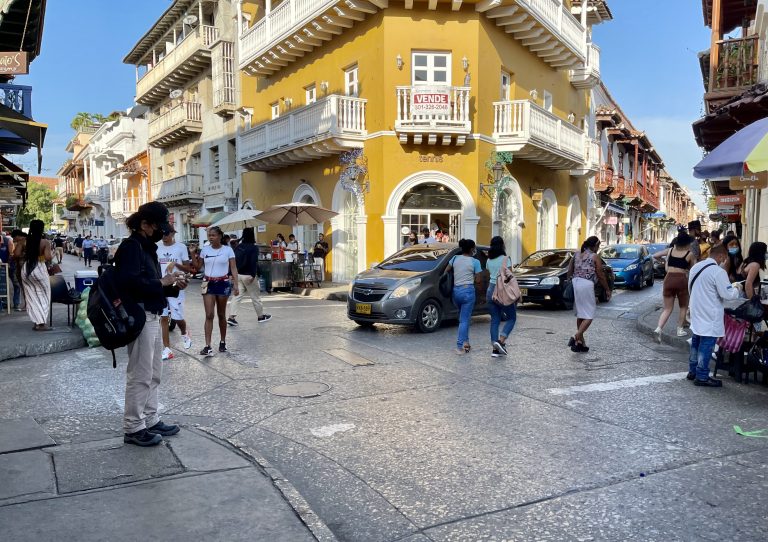
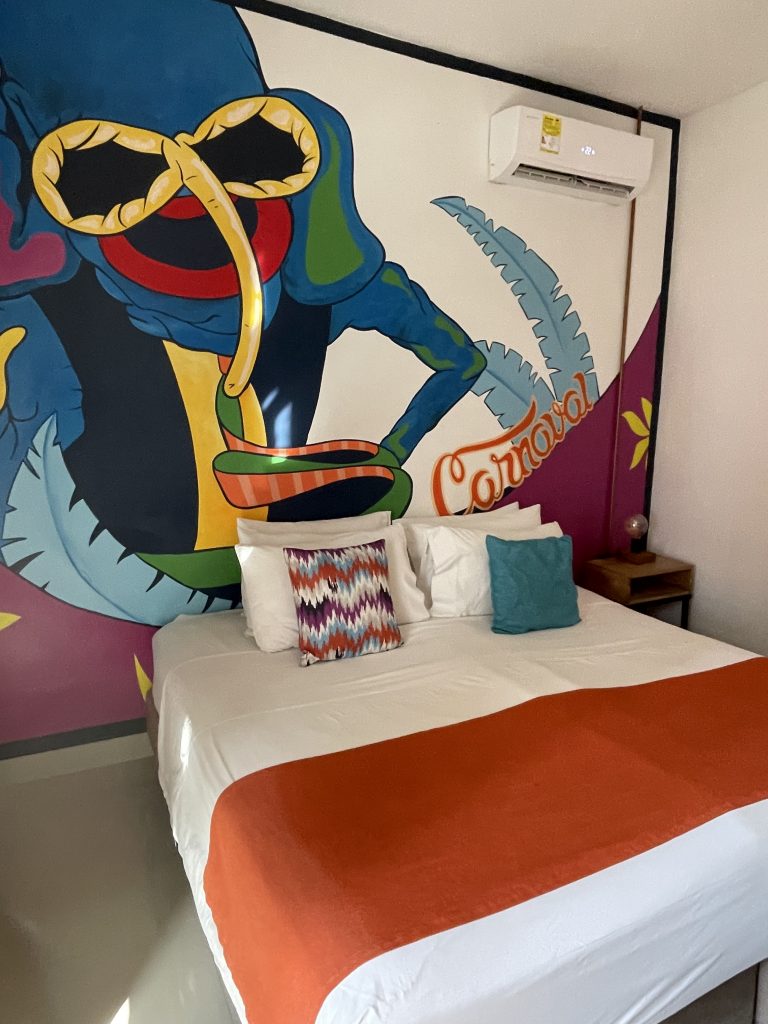
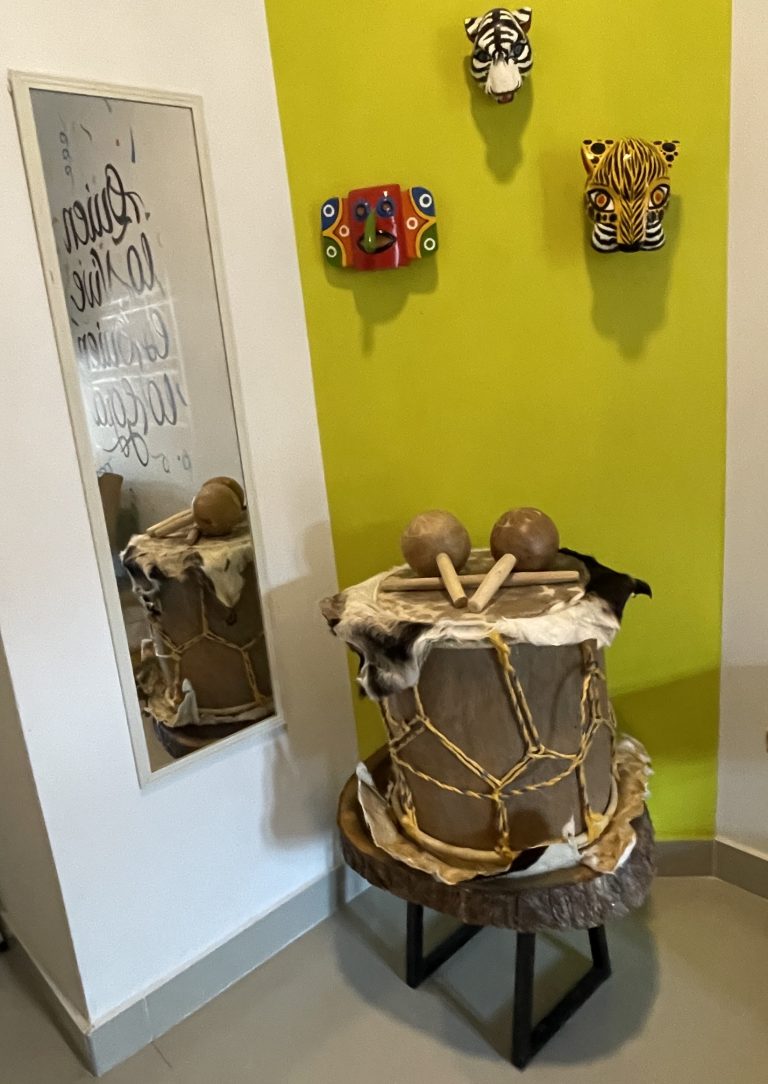
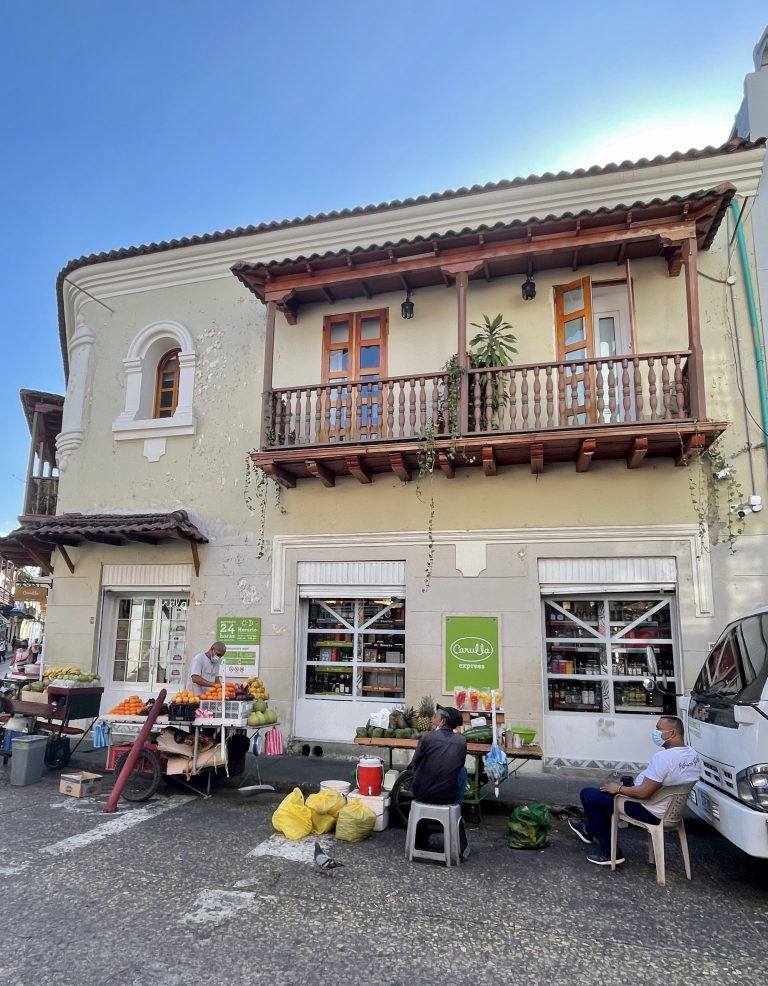
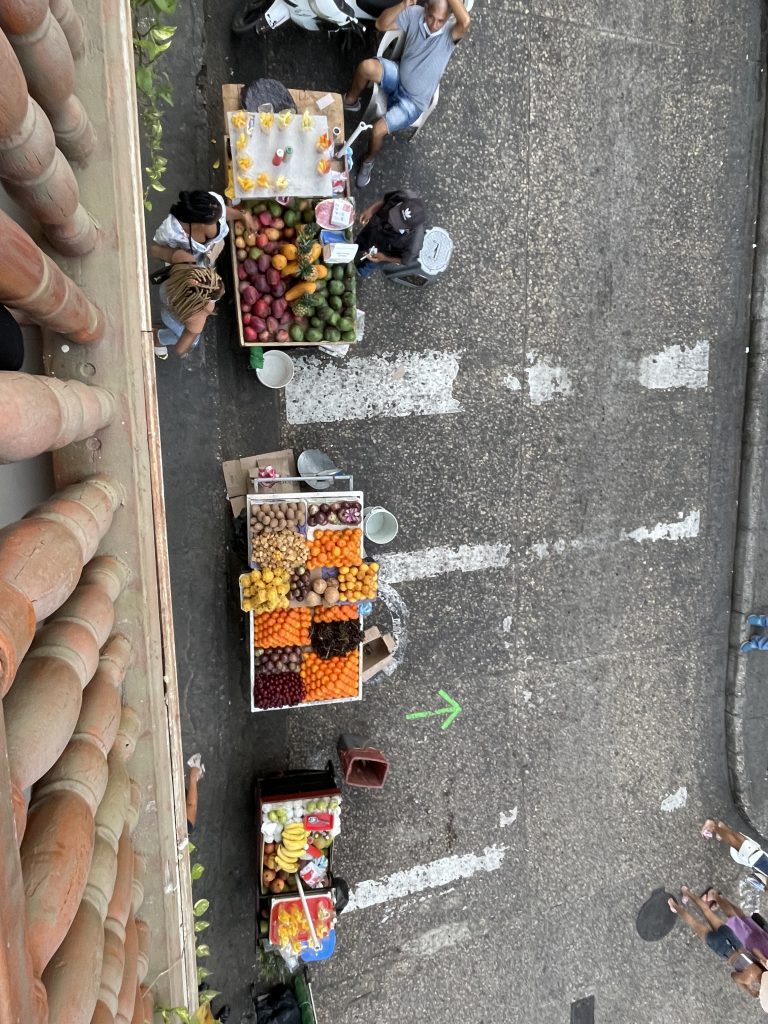
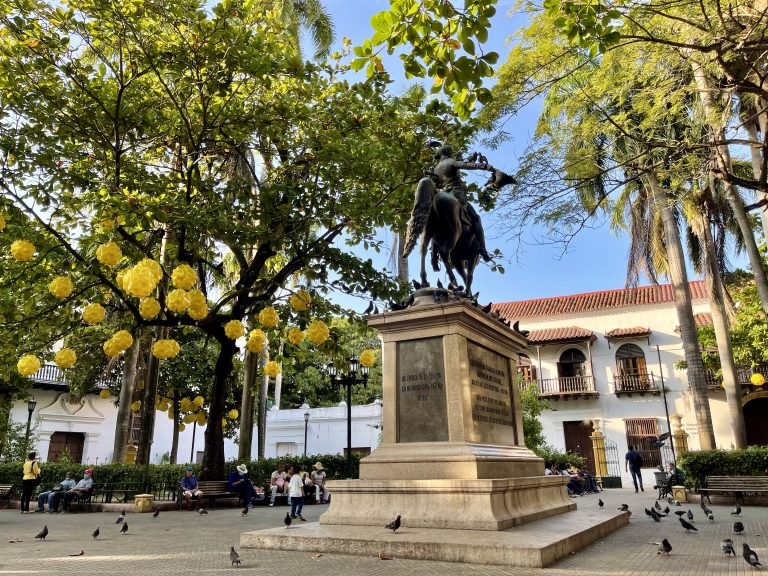
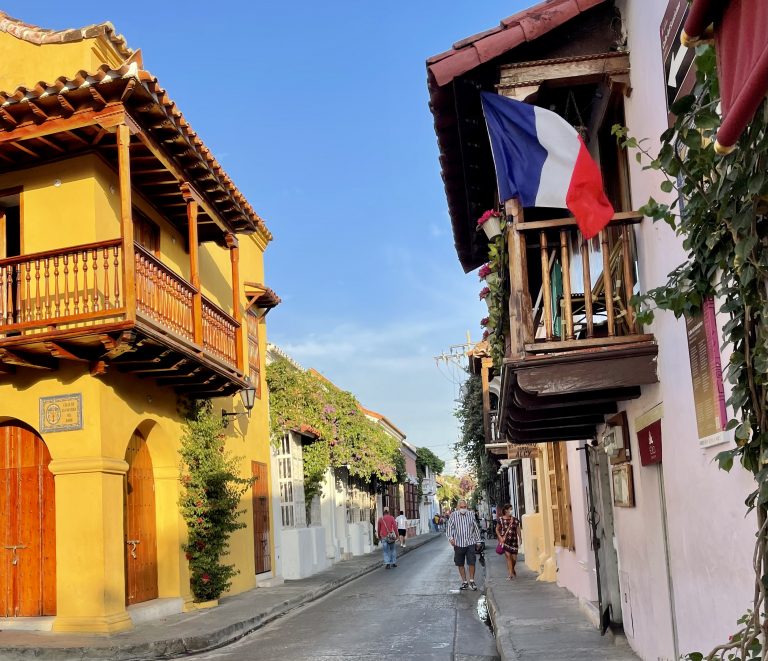
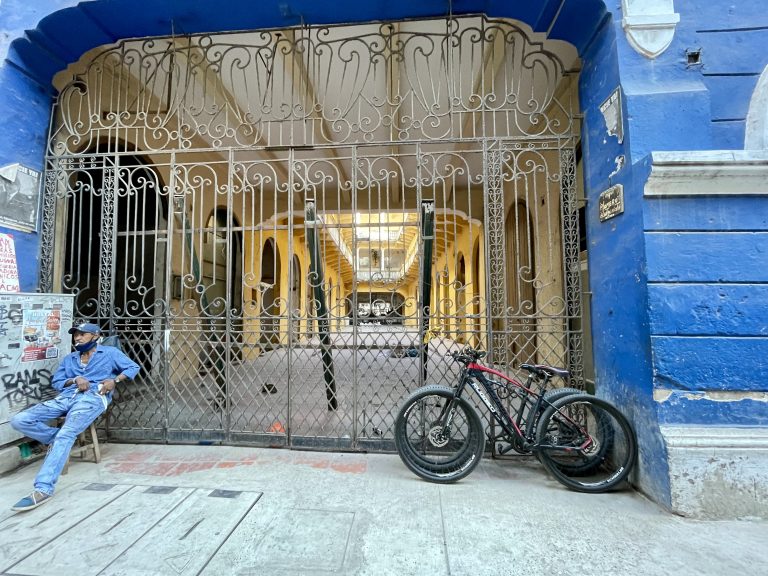
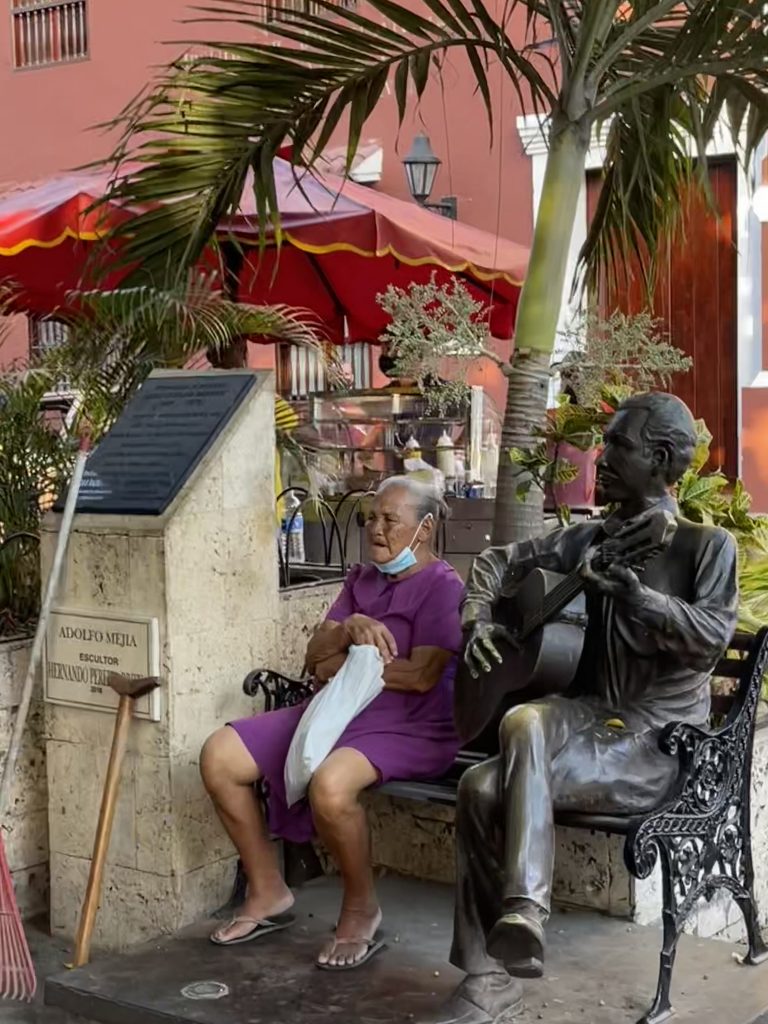
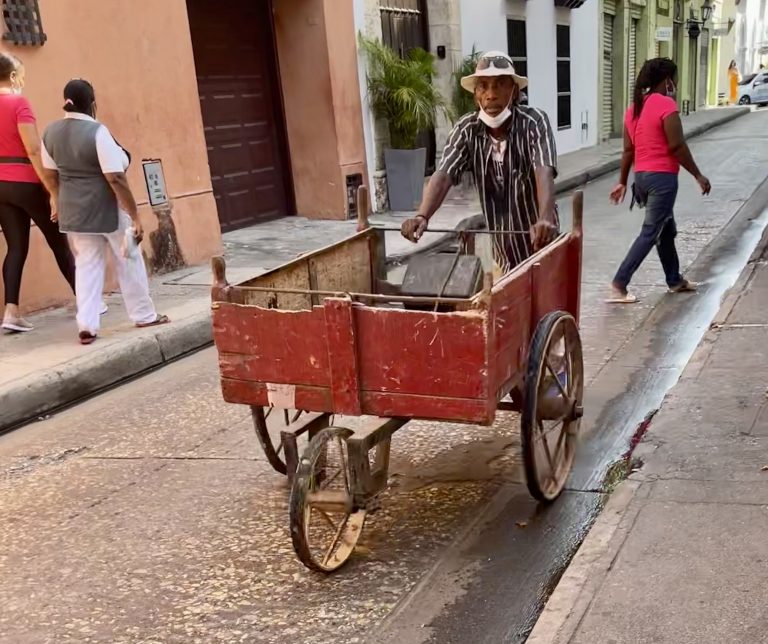
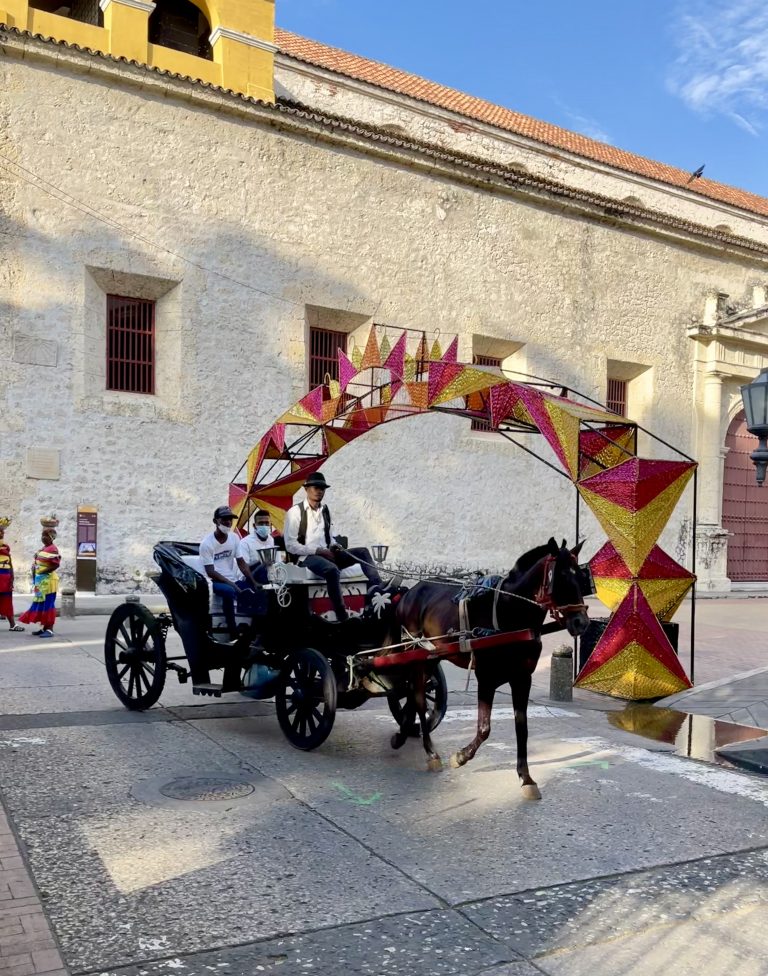
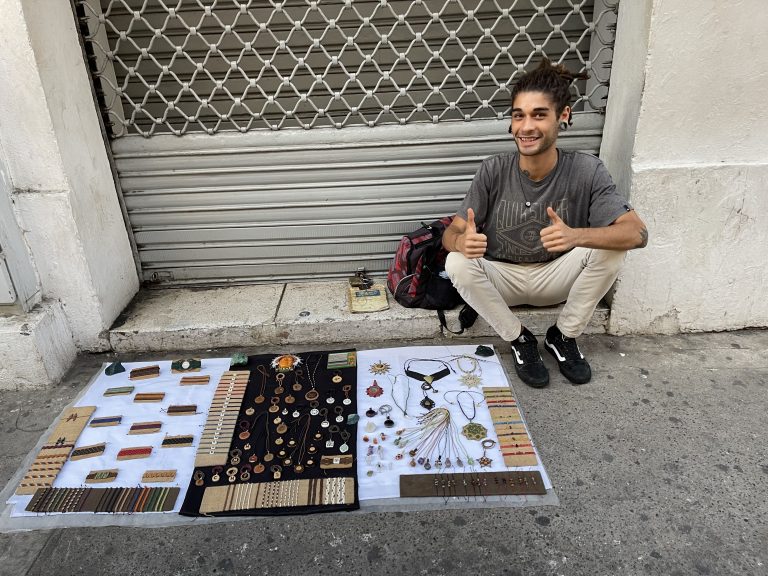
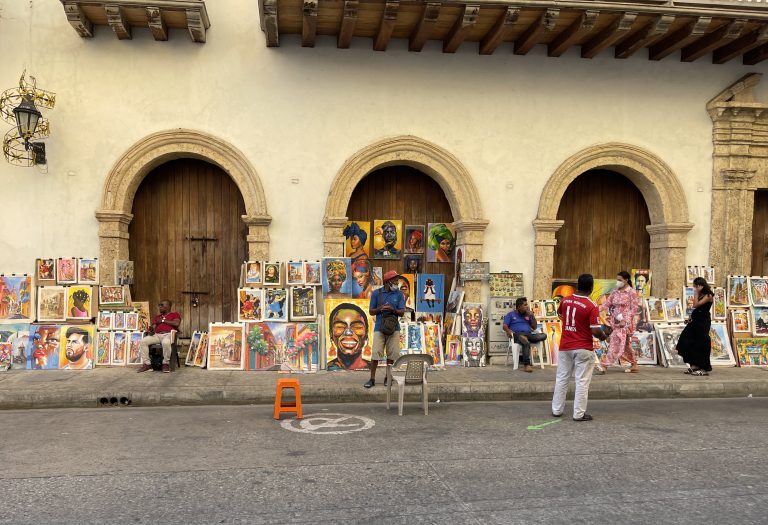
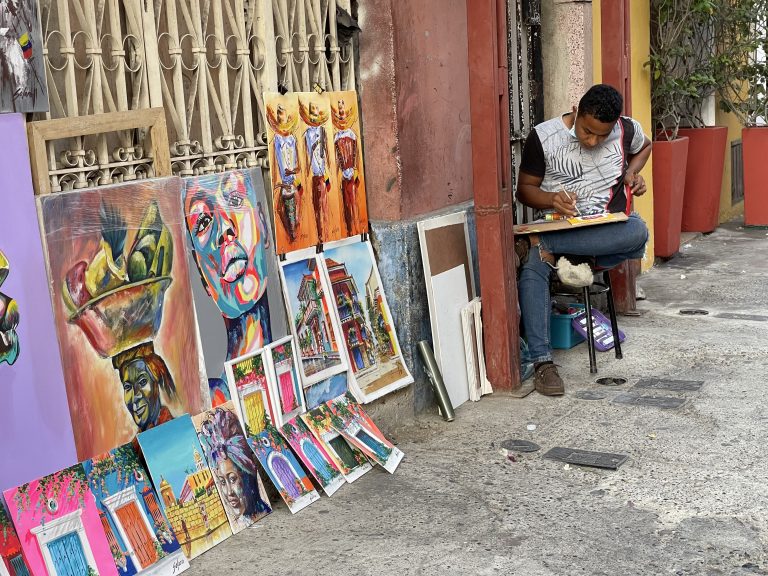
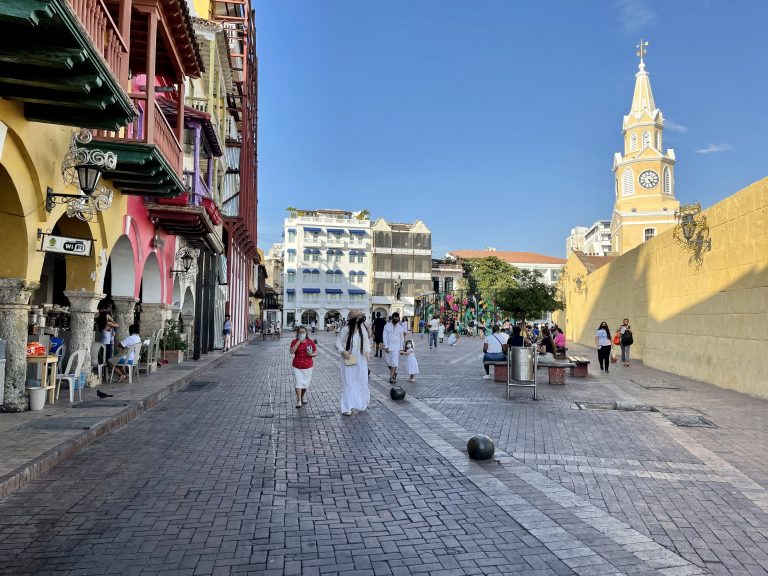
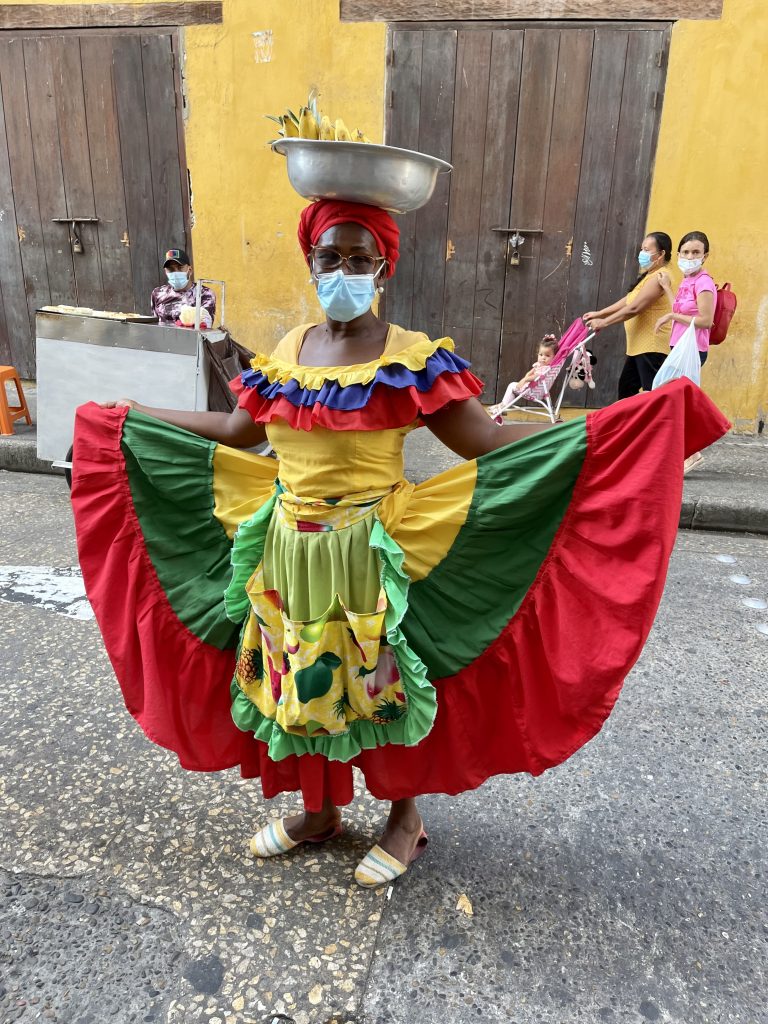
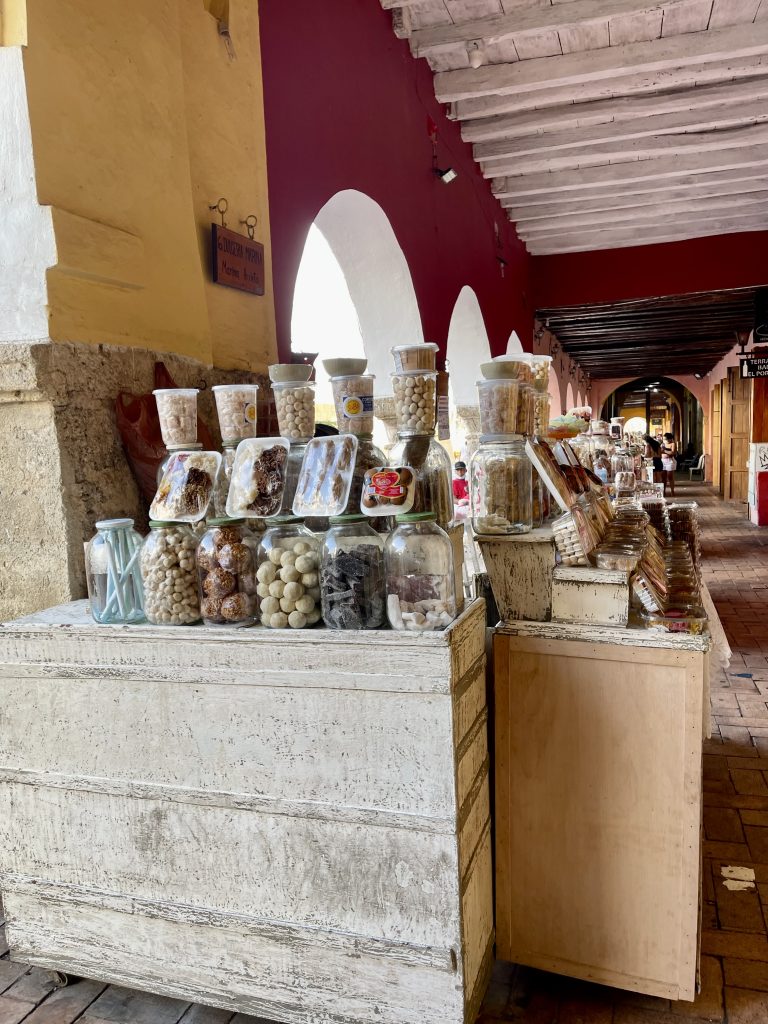
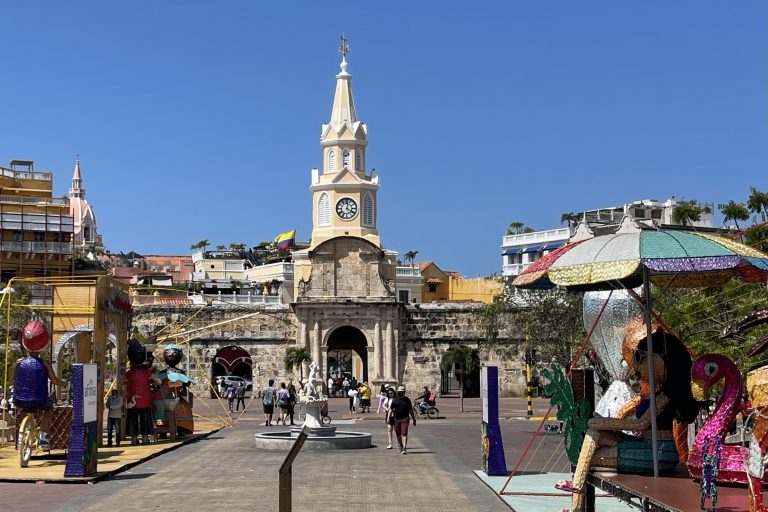
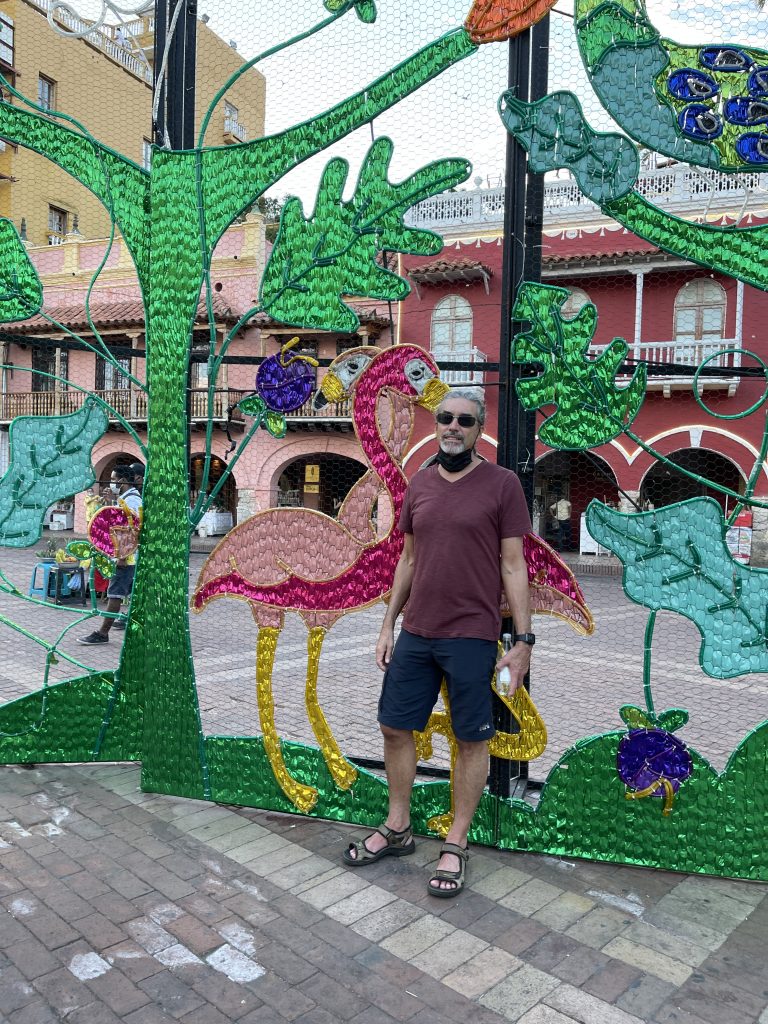
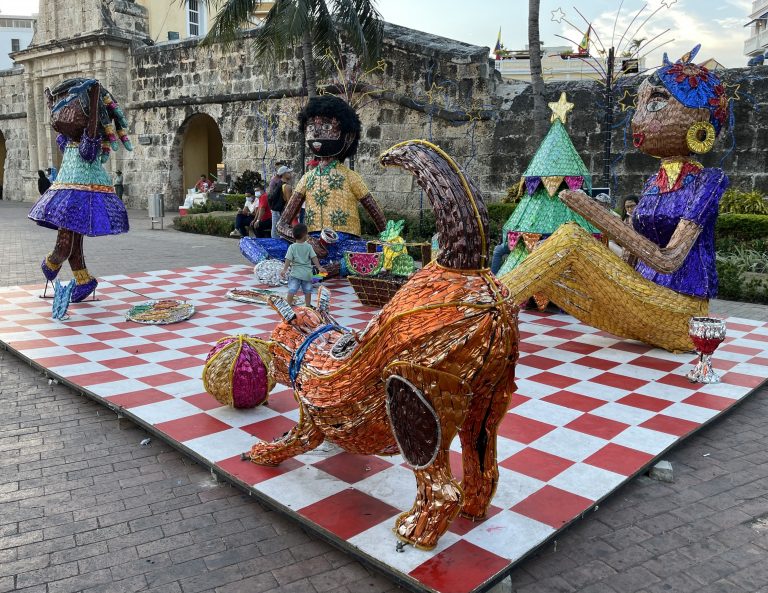
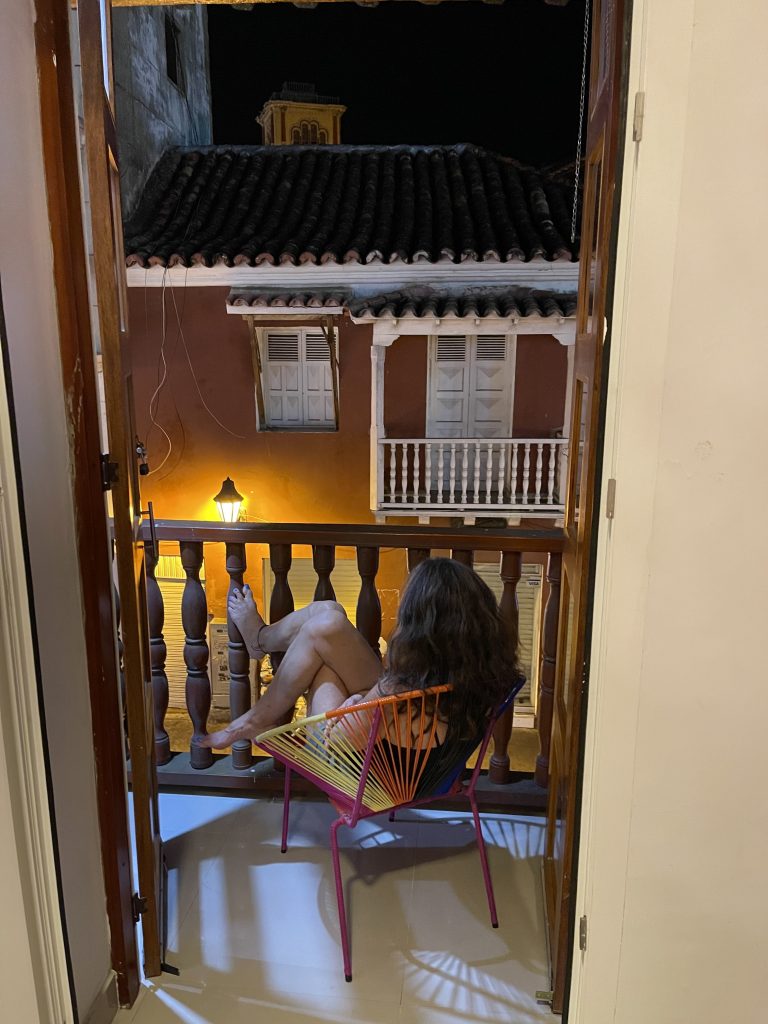
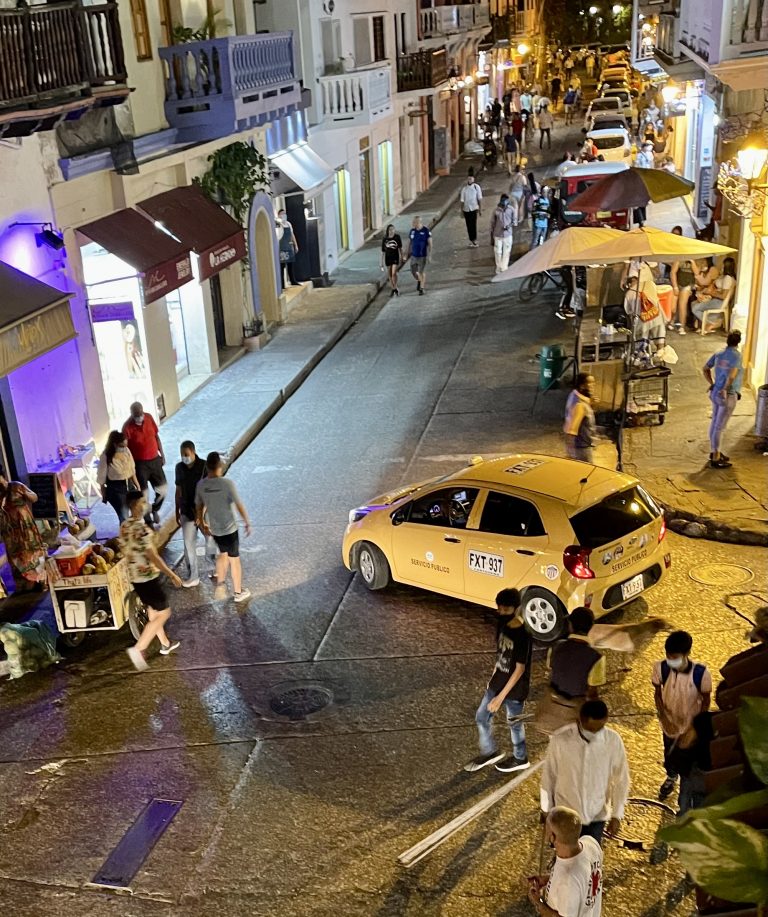
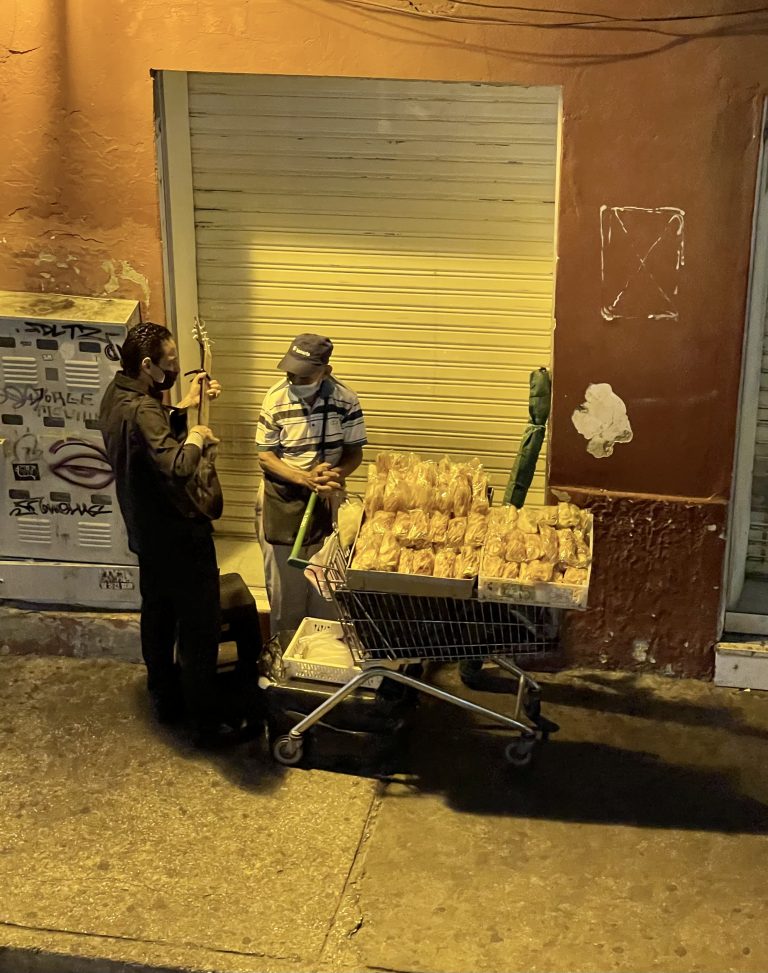
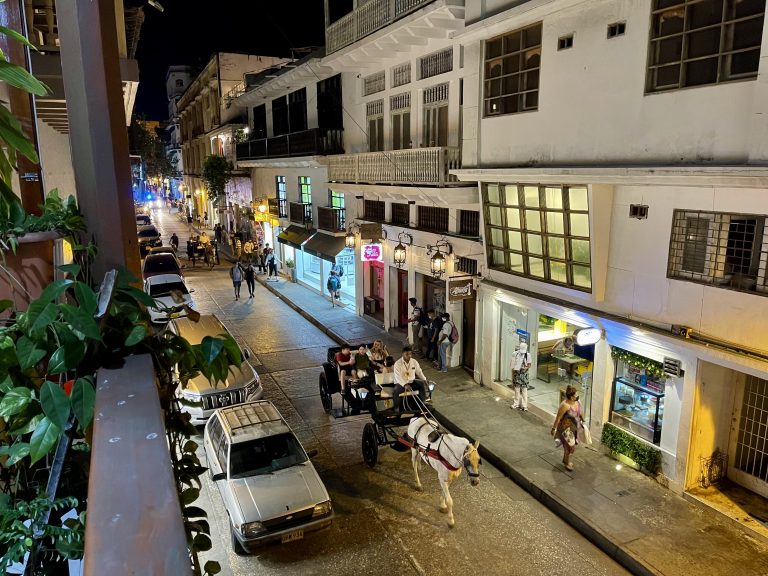
One Response